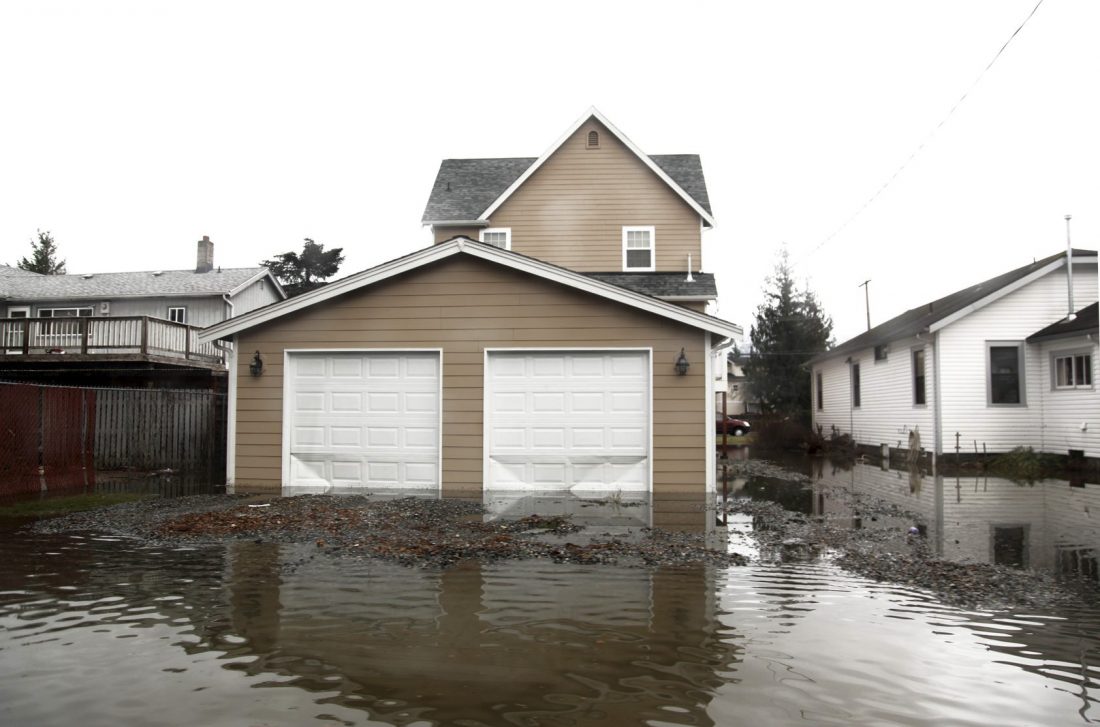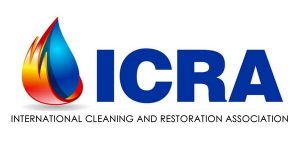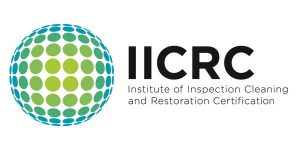
Flooding doesn’t have to be from a sewage backup to pose some very serious health risks. And those hazards are by no means limited to major catastrophes in undeveloped nations.
Besides hidden debris, floodwaters harbor a host of bacteria, viruses, fungi, and parasites. And even “clean” water that’s been standing for more than a couple of days can become a serious bio-hazard. The IICRC places these into Category III black water, the same as raw sewage.
Many water-borne illnesses aren’t too serious, but some can be deadly. Early symptoms are flu-like and may include an upset stomach, intestinal distress, and headaches.
So it’s important to avoid coming into contact with floodwater of any sort. That means no walking, wading, or clean-up efforts without wearing rubber boots, rubber gloves, and goggles. If there’s known sewage contamination or a foul odor, a face mask and respirator filter are recommended. If you do come in contact with contaminated water or objects, immediately wash the area with soap in clean water if that’s not available, use a hand sanitizer or alcohol-based wipes. Give any wounds extra water-proof protection and promptly wash contaminated clothes. You’ll have to throw away anything that can’t be thoroughly cleaned. That includes most contaminated porous items.
Be sure to keep a close eye on children at all times. They’re prone to grab a favorite toy no matter how filthy it is, and may think floodwaters would be a great place to play.
Serious Diseases
Regardless of the source of floodwater a wide range of pathogens may come into play, including the following serious infectious diseases, as well as a host of lesser infections and gastrointestinal bugs
- cholera
- dengue fever
- hepatitis
- malaria
- typhoid fever
- yellow fever
- West Nile Fever
- Zika virus
These may seem exotic, but they’ve been known to occur just about anywhere.
Natural Flooding Inundations
With area-wide flooding, there are many sources of contamination that are causes for concern. Simply contact with soil can introduce a host of pathogens that rapidly multiply in stagnant water. Specific concerns include the following.
- agricultural chemicals such as pesticides and fertilizers, as well as animal wastes
- dead animals (including drowned insects and rodents after a major plumbing failure)
- household chemicals
- industrial chemicals and hazardous wastes
- medical supplies and waste
- sewage and backed-up storm drains
Standing Water
Even if it came directly from clean-water, plumbing any water lingering for more than 24-48 hours must be assumed to pose health problems (IICRC Category 2, becoming “grossly contaminated” Category III water not long after that.) The longer the water lingers, the more likely it’s filled with disease organisms and parasites.
Even tiny areas of still water, such as rain gutters, plastic covers, and buckets, will also be a breeding ground for mosquitoes that can spread illness far and wide. Outbreaks are particularly likely after flooding, so be sure and drain all possible sources.
Damp Materials
Even damp building materials such as wood and gypsum board can pose health risks. A soaked floor or wall can remain damp for days or weeks (sometimes even longer), but mold and bacteria can grow to hazardous levels in just a day or so. It’s advisable to discard any possessions as well as building materials that have been wet for more than 48 hours.
But don’t fall for scams. Not every water stain or area of water damage is a deadly disease factory. If the area is small, already dry, and out of reach, it’s probably not a concern. But if there’s any doubt, an inspection by a professional restoration business with a good reputation is a good idea.









